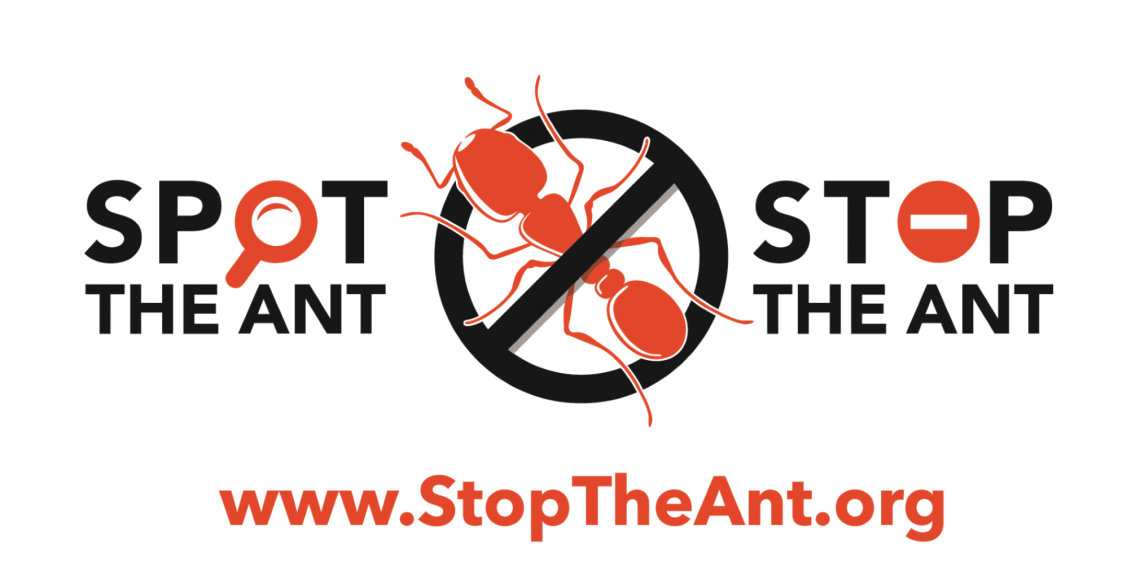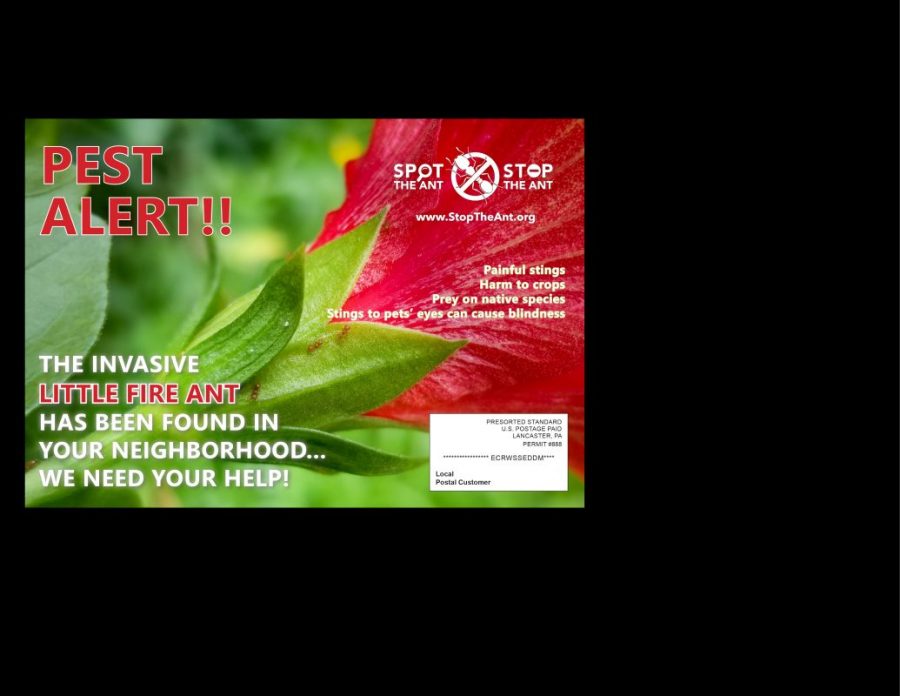We are asking for your help! Collect & submit ants for identification.
#stoptheant #LFA #noLFA #LFAoahu
DID YOU RECEIVE A PEST ALERT POSTCARD IN THE MAIL?
Did you receive a pest alert postcard in the mail? Now that we’re all spending more time at home, it’s a great time to check your ants.
ARE YOU GETTING BITTEN OR STUNG IN YOUR YARD?
SEVERAL LITTLE FIRE ANTS INFESTATIONS CURRENTLY UNDERGOING TREATMENT ON OAHU.



